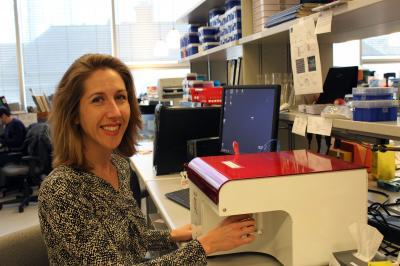Are you or a loved one interested in receiving stem cell treatment? For free information, please fill out our
treatment form or email me don@repairstemcells.org and just put TREATMENT in the subject box and the MEDICAL CONDITION in the message.
Researchers have created an adult stem cell based method for restoring strength to damaged skeletal muscles in the elderly.
Skeletal muscles are some of the most important muscles in the body, supporting functions such as sitting, standing, blinking and swallowing. In aging individuals, the function of these muscles significantly decreases. People lose fifteen percent of muscle mass every single year after the age of 75, a trend that is irreversible.
Through tracing the signaling pathways of the cells, the researchers determined that during aging, a subpopulation of stem cells begin to express a modification of a protein that inhibits their ability to grow and make new stem cells.
"But if we instead treated those cells outside the body with a drug that prevented that protein modification from occurring, in combination with culturing the cells on something soft that is reminiscent of soft skeletal tissue, like a hydrogel biomaterial, the combination allowed the aged cells to grow and make more copies of themselves," says co-author and University of Toronto assistant professor Penney Gilbert.
The rejuvenated cell cultures were then transplanted into injured and aged tissues, with remarkable results: the transplanted cells returned strength to the damaged and aged tissues to levels matching a young, healthy state.

University of Toronto Assistant Professor Penney Gilbert. Photo: E. Vollick
Rather than trying to 'turn back the clock' on dysfunctional stem cells in the aged population, it stimulates stem cells from old muscle tissues that are still functional - to begin dividing and self-renewing.
One of the significant challenges to elderly individuals who receive hip transplants, for instance, is the challenge of repairing skeletal muscles around the hip joint injured during surgery. The study points to the potential for future post-surgery therapies that could leave elderly hip replacement patients spry in a fraction of the time.
"It's a really new, exciting field," says Gilbert, who argues that the muscle stem cell field, which only began to isolate muscle stem cells for study within the last five years, is especially "wide open" in Toronto where "there are really impassioned clinician researchers who are interested in restoring strength in aging and disease.
POSTED by "Anne"